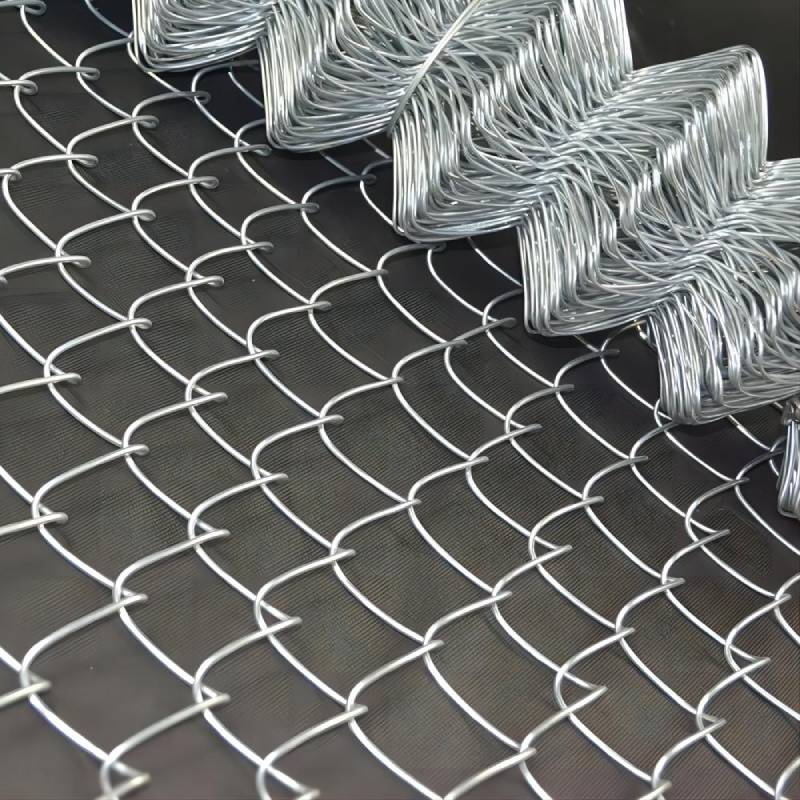tensioning fence wire
Tensioning Fence Wire A Comprehensive Guide
When it comes to securing a property, installing a fence is one of the most effective methods. A well-constructed fence not only enhances the visual appeal of your landscape but also serves as a deterrent against unwanted trespassing. However, the longevity and effectiveness of your fencing largely depend on how well the wire is tensioned. In this article, we will explore the importance of tensioning fence wire, the methods to achieve it, and common best practices.
The Importance of Tensioning Fence Wire
Tensioning the wire in a fence serves multiple purposes. Firstly, it ensures that the wire remains taut, preventing sagging that can lead to gaps or weakness, making it easier for animals or intruders to breach. Secondly, properly tensioned wire is less susceptible to environmental factors such as wind, snow, or rain, which can exert additional strain on the structure. Lastly, a tight fence wire helps in maintaining the overall integrity of the fencing system, extending its lifespan and reducing maintenance costs over time.
Methods of Tensioning Fence Wire
1. Manual Tensioning This is one of the most straightforward methods. It involves pulling the wire tight by hand before securing it with staples or clips. You can use a come-along tool, which is a type of hand winch that helps apply tension through mechanical advantage. While effective, manual tensioning may require greater physical effort, especially for longer stretches of fencing.
2. Mechanical Tensioning Devices For larger or more complex fencing projects, mechanical devices offer a more efficient way to achieve the desired tension. Tools such as wire strainers or tensioning machines can apply uniform tension to the wire. These devices often come with features that allow for fine adjustments, ensuring the wire is properly set.
3. Using Tension Springs In some cases, incorporating tension springs can be beneficial. These springs automatically adjust the tension in the wire, accommodating any changes due to thermal expansion, wind, or other environmental conditions. This method is particularly useful for high-tension applications, such as livestock fencing, where maintaining tight wire is crucial for animal containment.
tensioning fence wire

Best Practices for Tensioning Fence Wire
To ensure a successful tensioning process, here are some best practices to consider
- Choose the Right Wire The type of wire you use can greatly affect the tensioning process. High-tensile wire is designed specifically for greater strength and reduced sag. Ensure that the wire gauge is appropriate for your intended use.
- Regular Inspections Over time, environmental factors and wear can cause wires to become loose. It is essential to regularly inspect your fencing and re-tension wires as necessary. Keeping an eye on stability and tension can prevent major structural failures.
- Install Tensioning Devices Consider installing tensioning devices at strategic locations along your fence. This can help address any areas that may be prone to sagging and ensure minimal maintenance is required in the long run.
- Proper Anchoring Securely anchoring your fence posts is crucial for maintaining tension. Uneven settling of posts can lead to variations in wire tension. Using concrete for post installation can provide added stability.
Conclusion
Tensioning fence wire is more than just an aesthetic aspect of fence construction; it is vital for ensuring the security and durability of your fencing system. By understanding the methods of tensioning and adhering to best practices, you can create a strong, long-lasting fence that serves its purpose effectively. Whether you're installing a new fence or maintaining an existing one, the importance of properly tensioned wire cannot be overstated. It is an investment in safety, security, and the overall maintenance of your property.
-
Space-Saving Chain Fence Hacks Vertical Gardening with Cyclone MeshNewsJul.16,2025
-
Innovations in Iron Nail Wire Production for Modern ConstructionNewsJul.16,2025
-
Creative Uses of Wire Netting Fence in Modern Landscape DesignNewsJul.16,2025
-
Barbed Wire Fence Innovations in Anti-Climb TechnologyNewsJul.16,2025
-
Architectural Uses of Umbrella Nails for Aesthetic Roof DesignsNewsJul.16,2025
-
Architectural Uses of Razor Barbed Wire in Secure Urban DesignNewsJul.16,2025




